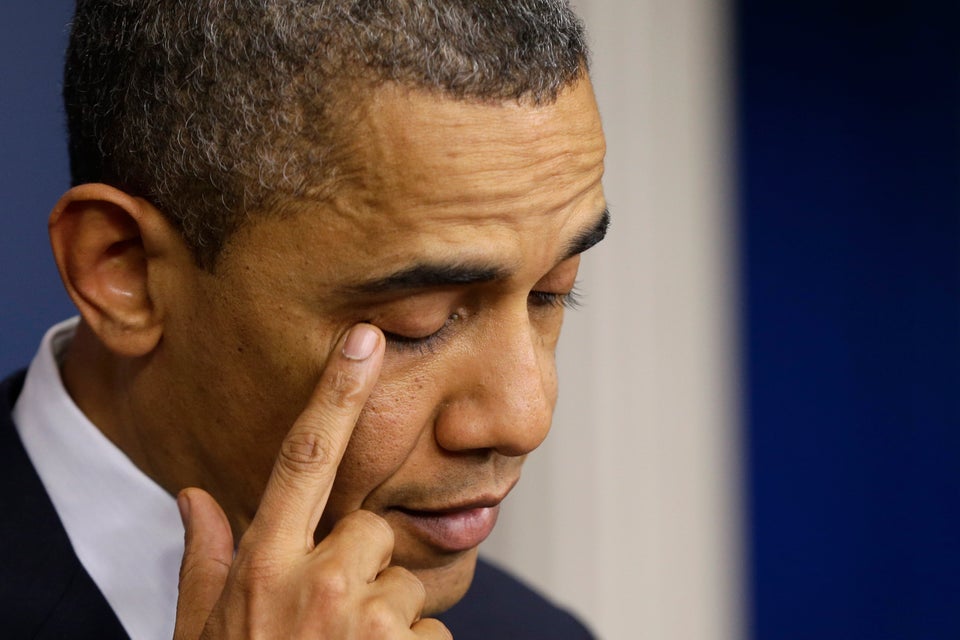
Could the horrific shooting at Sandy Hook Elementary School be the catalyst needed to enact stricter gun control laws? If the 1989 elementary school shooting in Stockton, Calif., is any indication, yes.
In January 1989, Patrick Purdy, 26, stepped onto the grounds of Cleveland Elementary School and raked the school yard with at least 106 bullets from an AK-47 rifle. He killed five children, ages 6 to 9, and one teacher and injured 29 other students, before fatally shooting himself.
Less than a year later, California enacted one of the first bans on assault weapons. "[The Stockton shooting] was so shocking, California had to take action," said Griffin Dix, former president of the California chapters of the Brady Campaign to Prevent Gun Violence.
Because the shooting last week in Newtown, Conn., again killed young children, Adam Winkler, UCLA law professor and author of Gunfight: The Battle Over the Right to Bear Arms in America, said he thinks the country may just be ready to enact reform.
"People were shot at Aurora and the Gabrielle Giffords shootings, and nothing happened. Unfortunately, it seems to be only school shootings that inspire Americans," Winkler said.
Besides the Stockton attack, the Newtown massacre has also stirred memories of a 1996 shooting at Dunblane Primary School in Scotland that left 16 kindergarten-age children and one adult dead. After the tragedy, the United Kingdom passed legislation that effectively made private ownership of handguns illegal.
"There is something about seeing children so young mercilessly slaughtered. I think that affects people differently," Winkler said.
In addition to the groundbreaking assault weapons ban, California enacted a slew of some of the country's strictest gun control laws during the 1990s and 2000s. The state Legislature was responding to rising levels of gun violence: Throughout the 1980s and early 1990s, California had a higher gun mortality rate than the average for the rest of the country, according to data from the Centers for Disease Control and Prevention.
But by 1998, California's gun mortality rate had fallen below that of the rest of the country, and it continues to drop faster than the average for the other states. From 1993 to 2009, California's gun mortality rate declined by 53.2 percent -- 23.1 percentage points more than the decline in the rest of the country, according to CDC data.
Many factors -- including education, employment and health care -- influence gun deaths so it is not possible to credit California's gun control laws alone for the decrease. And opponents of strict gun laws certainly don't.
Sam Paredes, executive director of Gun Owners of California, attributes the decline in gun deaths to the state's three-strikes law, which keeps repeat criminals behind bars longer. "A small percentage of people in California commit 70 percent of all crimes. And California has been keeping them off the streets," he said. However, a 2004 study by criminal-law professors, including from UC Berkeley, found that “the great weight of empirical studies discounts the role of three strikes in reducing crime."
Opponents of gun control also argue that laws permitting the concealed carrying of guns are more likely to lower crime rates. In regards to schools specifically, Paredes said that rather than enacting stricter gun control laws as California and the U.K. have done, the U.S. should train teachers how to use firearms as Israel has done.
But gun control advocates say that more guns lead to more gun violence. Of the 10 states with the strongest restrictions on firearms, seven of them (California included) also rank in the top 10 states with the lowest per capita rates of gun deaths, according to the California-based Law Center to Prevent Gun Violence.
"It is very difficult to isolate one factor when looking at firearm mortality rates," Laura Cataletta, senior staff attorney at the Law Center to Prevent Gun Violence, said. "But there's a clear trend showing the country would benefit from following California's example."
Winkler agreed that although it is difficult to prove causation, "gun control is rational." He said that it should be coupled with other approaches, including enhanced community policing and improved mental health services.
He added that California's gun control laws may not be as effective as they could be because the state's efforts are weakened by the lack of similar laws elsewhere. "Criminals who can't buy guns here will just drive over to Nevada or New Mexico. There's no border check at all. Just a welcome sign," Winkler said.
In California, all gun sales require a background check and must go through a licensed dealer; all gun dealers have to be licensed by the state; handgun owners need a special license and must pass a written test; gun shows are tightly regulated; handgun purchases are limited to one per month; there is a 10-day waiting period for the sale or transfer of a firearm; all firearm sales are recorded; and local law enforcement can prevent someone from obtaining a permit to carry a concealed weapon.
A Bushmaster AR-15 rifle with a 30-round magazine was used to kill 20 first-graders and seven adults in Newton last week. In California, the variations of the Bushmaster AR-15 that are legal in California are limited to 10-bullet magazines and cannot be reloaded as rapidly.
California readers, has your life been touched by gun violence? Email your stories to openreporting@huffingtonpost.com.

